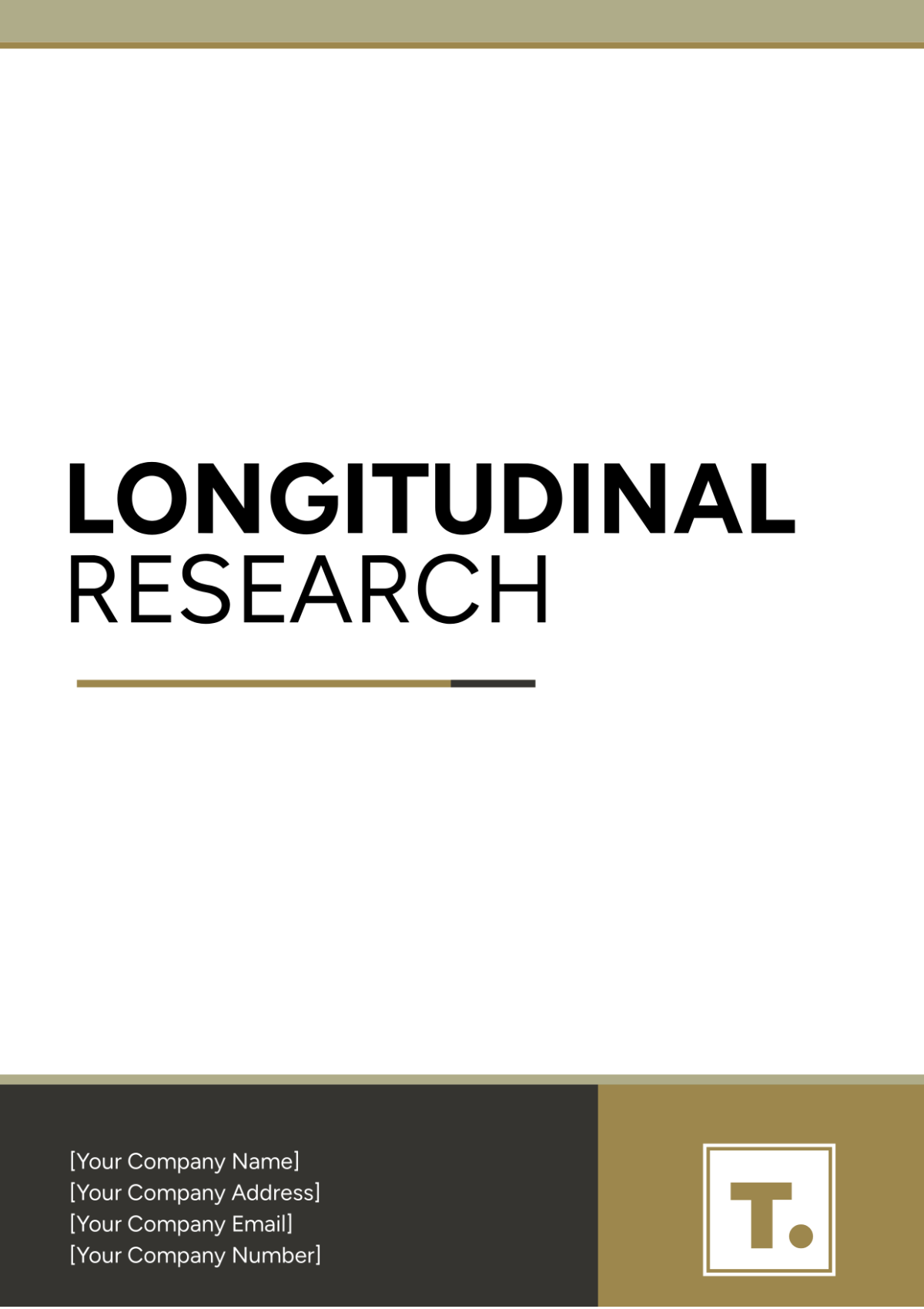Ethnography Methodology
Prepared by: [Your Name]
Date: [Date]
I. Introduction
Ethnography, a qualitative research methodology, delves into the intricacies of cultural practices, behaviors, beliefs, and interactions within natural settings. By immersing in the daily life of a community or group, ethnography seeks to provide a rich, comprehensive description of social dynamics. This study, initiated in 2050, utilizes advanced immersive technologies alongside traditional techniques like participant observation and interviews. The aim is to capture unparalleled insights into evolving cultural phenomena in an increasingly globalized world.
II. Literature Review
The exploration of ethnography’s origins and evolution begins with early anthropological studies, tracing its development from the works of Bronislaw Malinowski and Clifford Geertz. Malinowski’s emphasis on participant observation and Geertz’s interpretive approach laid foundational principles. Moving into the 21st century, feminist and postcolonial critiques, such as those by Lila Abu-Lughod and Edward Said, have expanded the scope of ethnography to address power dynamics and cultural representation. This review includes comparative analysis with other qualitative methodologies, such as phenomenology and narrative inquiry, highlighting ethnography’s unique strengths in capturing cultural context.
III. Research Design and Methodology
Aspect | Description |
|---|---|
Research Question | What are the cultural practices, behaviors, and beliefs of the community under study? |
Participants | Community members from a specific cultural group, including a diverse range of ages, genders, and roles. |
Data Collection Methods | Participant observation, in-depth interviews, focus groups, and field notes. |
Duration | 6-12 months of immersive fieldwork. |
IV. Fieldwork Context
This section will outline the context of the research, detailing the futuristic setting in which the study occurs. It will cover:
Demographic Information: Population data including the integration of new technological lifestyles.
Geographic Location: Descriptions of the community's physical and virtual environments, including smart cities and digital spaces.
Socioeconomic Background: Insights into how advanced technologies and economic shifts impact daily life.
Historical and Cultural Factors: How historical events and technological advancements have shaped the community.
Researcher-Community Relationship: Discussion of ethical considerations, permissions obtained, and the dynamic interaction between the researcher and participants in a tech-driven society.
V. Data Analysis
Data analysis will employ a futuristic approach, integrating AI tools with traditional methods:
Transcription: Automated transcription of interviews and field notes using advanced AI software.
Open Coding: AI-assisted identification of initial themes and patterns from large datasets.
Axial Coding: Using machine learning to connect and explore relationships between identified themes.
Selective Coding: Refinement of themes into coherent categories with AI-driven analytics.
Verification: Member checking through interactive digital platforms and triangulation with multiple data sources, including real-time data streams.
VI. Findings
Findings will be presented with a focus on major themes identified during analysis. Each theme will be described in depth, supported by direct quotes and observations from the futuristic setting. Visual aids, such as interactive holograms and immersive diagrams, will enhance the presentation. Key findings will address the central research question and provide insights into the cultural practices and social dynamics of the community in the year 2050.
VII. Discussion and Interpretation
This section will interpret the findings in the context of existing literature and theoretical frameworks, considering advancements in technology and their impact on cultural identity. Comparisons with other contemporary ethnographic studies will be drawn to highlight similarities and differences. Potential limitations of the study, such as biases introduced by technological interfaces, and suggestions for future research will be discussed.
VIII. Conclusion
The conclusion will summarize the main findings, emphasizing the value of ethnography in offering deep insights into cultural practices and social behaviors in a technologically advanced world. The study's contribution to academic understanding and its practical implications for community development, policy-making, and technology integration will be highlighted. Reflective thoughts on the research journey and the transformative potential of ethnographic inquiry in the future will close the section.
IX. References
Malinowski, B. (2050). The Dynamics of Participant Observation: Revisiting the Foundations. Future Academic Press.
Geertz, C. (2051). The Interpretation of Cultures in a Digital Age. Advanced Humanities Publishing.
Abu-Lughod, L. (2049). Feminist Ethnography and Technological Mediation. Progressive Social Science Journal, 12(3), 45-62.
Said, E. (2052). Postcolonial Theory and Ethnography in the 21st Century. New Horizons Academic Publishers.
Smith, J., & Roberts, A. (2055). AI and Immersive Ethnographic Methods: Innovations in Qualitative Research. Journal of Future Research Methods, 8(2), 112-134.

















































